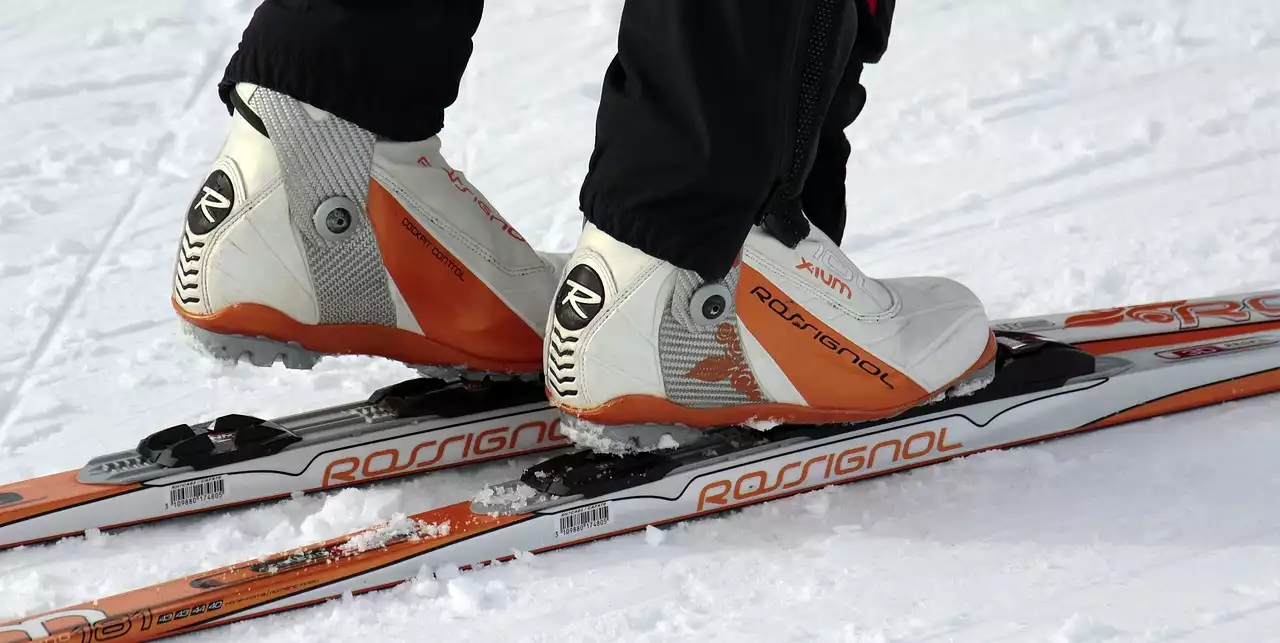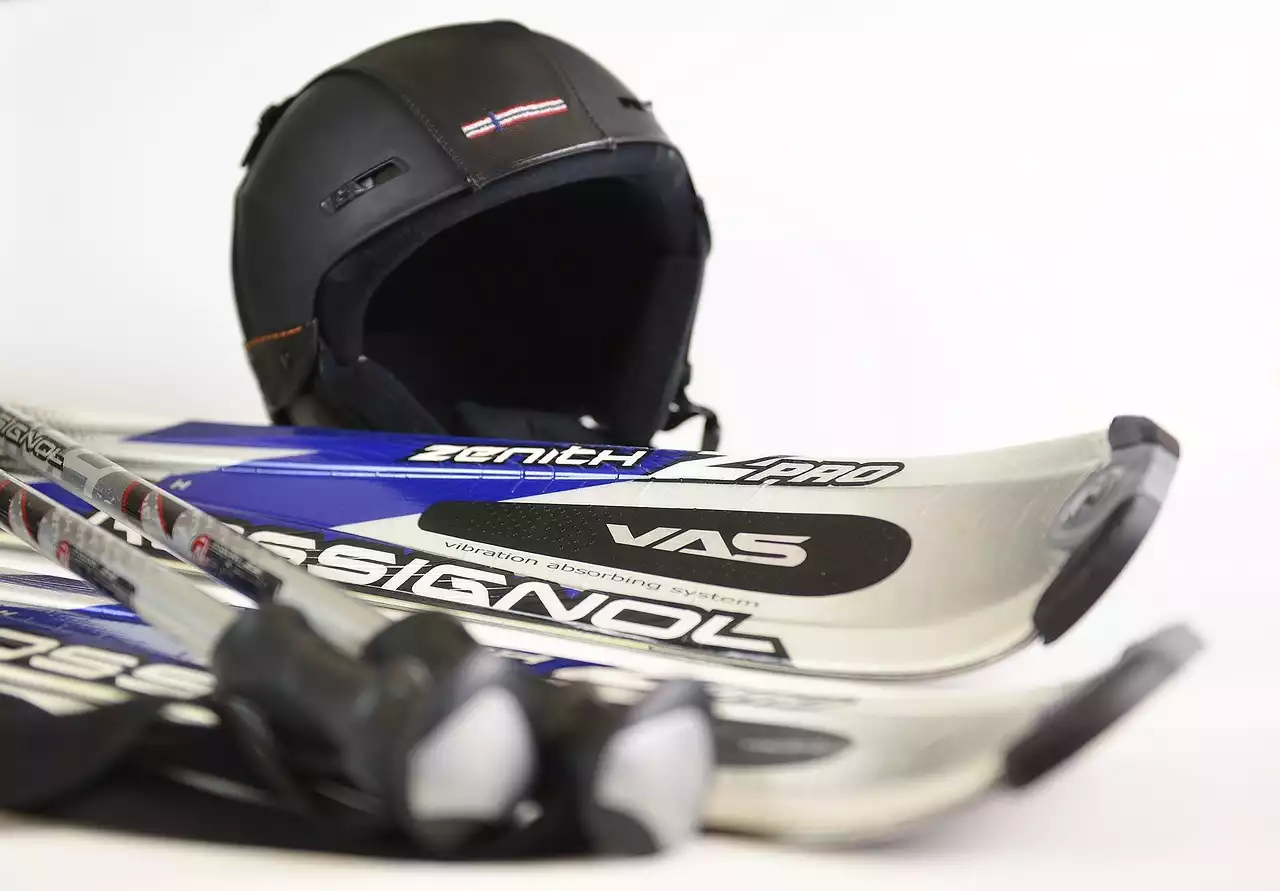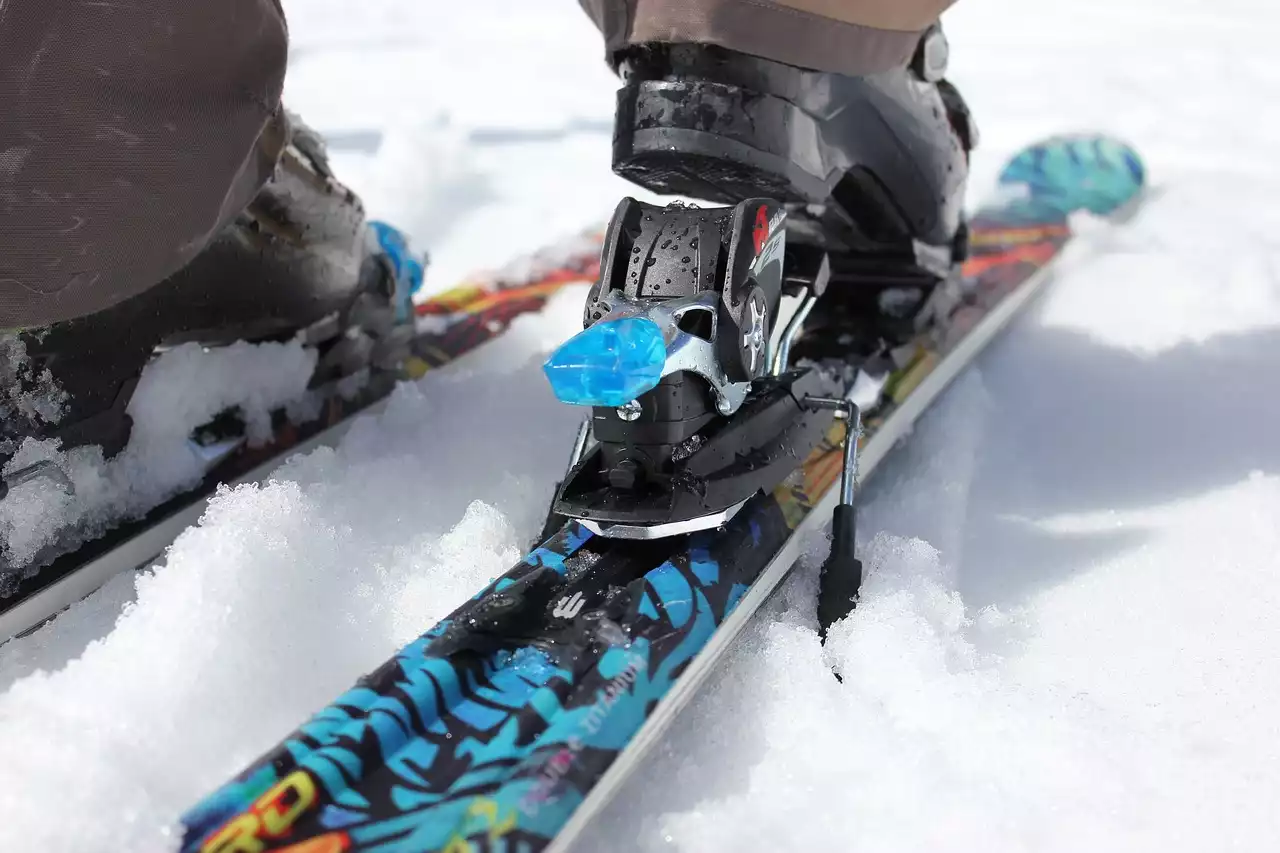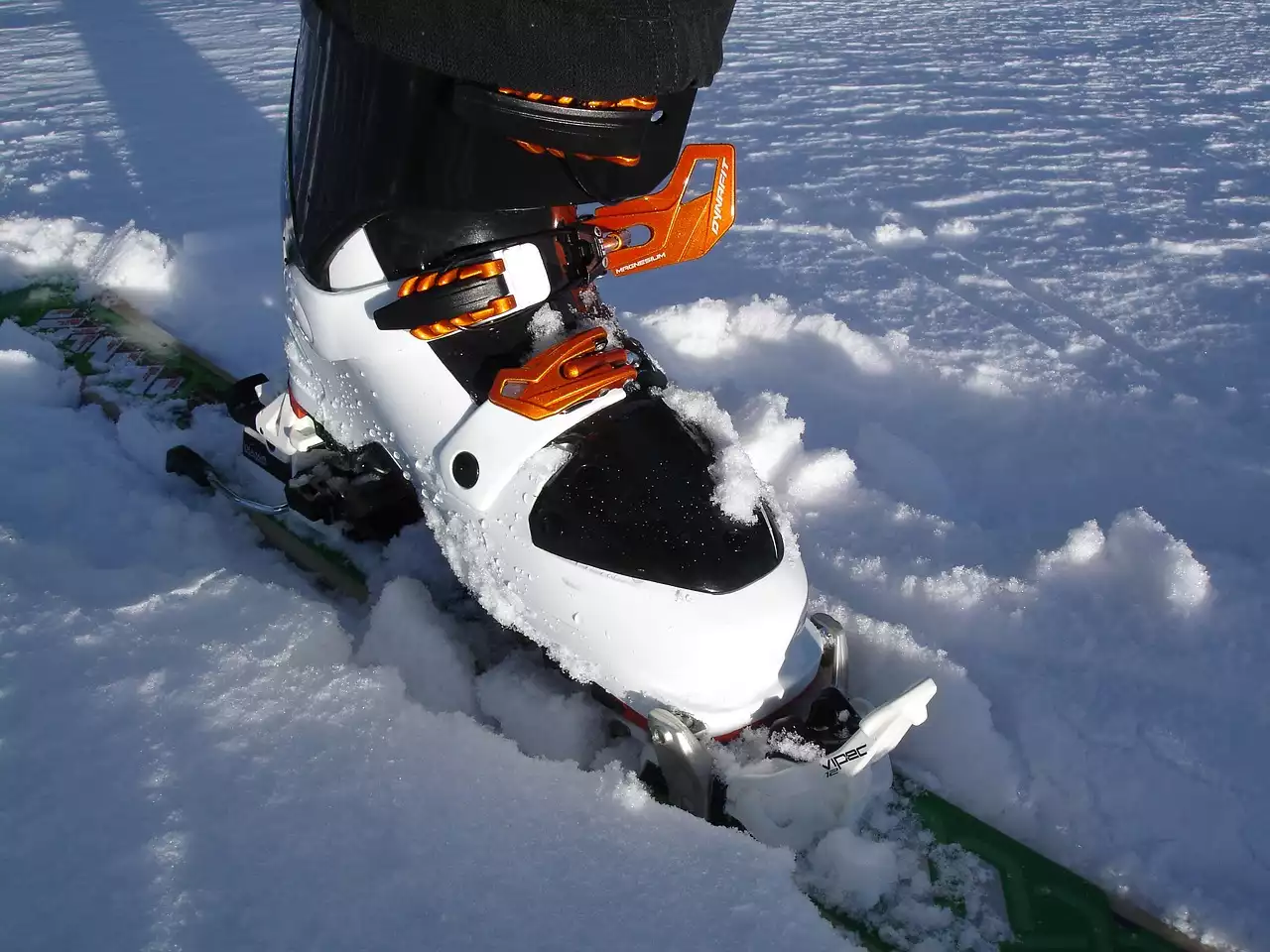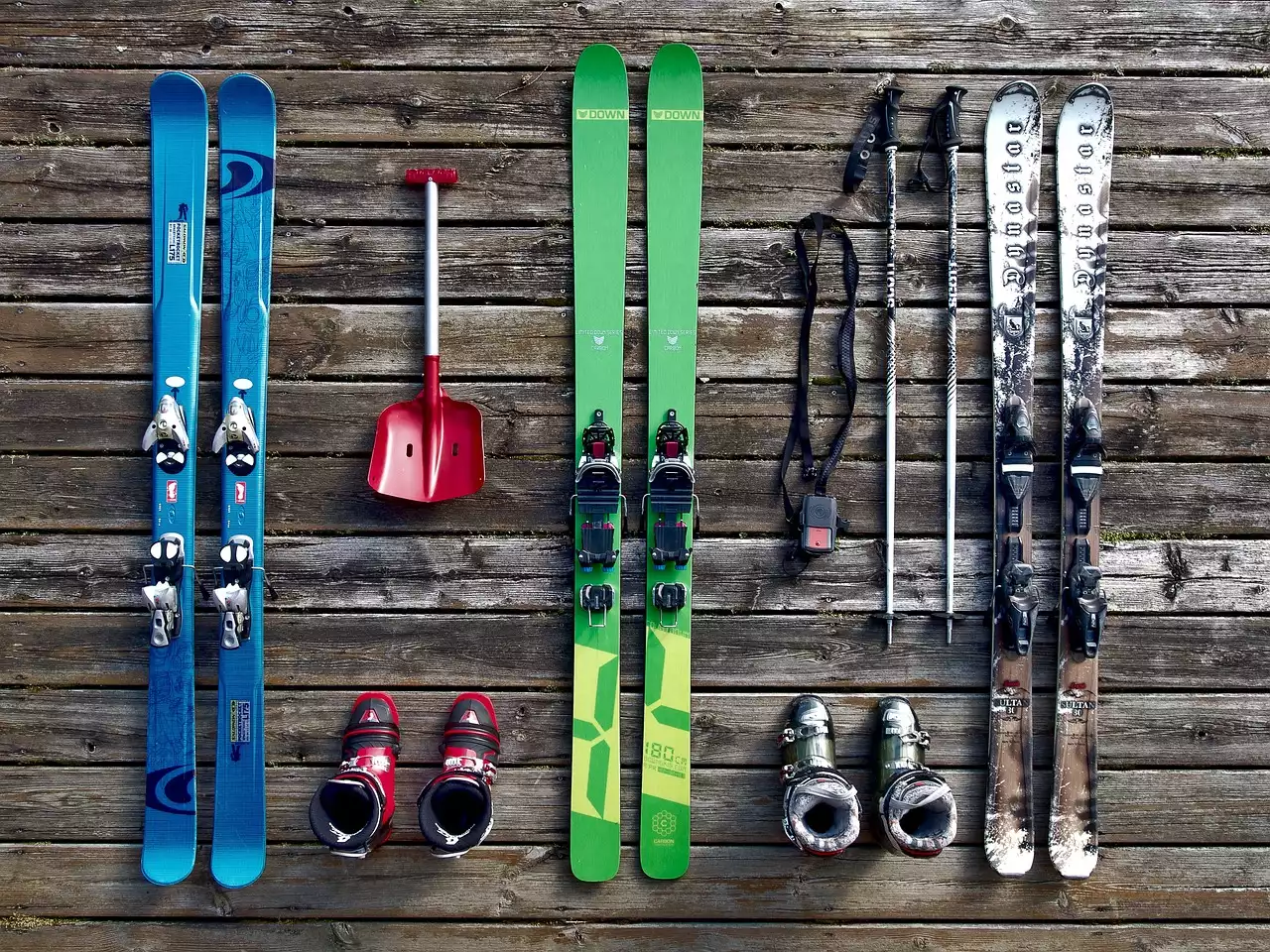Understanding camber, rocker, and sidecut
When it comes to ski design, there are three key elements that are essential to understand: camber, rocker, and sidecut. These design elements affect everything from how your skis interact with the snow to your ability to control your turns.
Camber refers to the upward curve of a ski's base when it's placed on a flat surface. This curve creates a slight space between the midsection of the ski and the surface it's on, which allows the ski to flex and bend when pressure is applied. Rocker, on the other hand, refers to a ski's downward curve at the tip and tail. This design element allows the ski to float more easily over soft snow and makes it easier to initiate turns. Finally, sidecut refers to the hourglass shape of a ski when viewed from above. This design element affects how the ski turns and carves, and it's essential to choosing the right ski for your skiing style.
Camber: what it is and how it affects skiing
Camber is an essential design element for skis because it allows them to flex and bend when pressure is applied. When a skier leans forward, the pressure on their skis causes the camber to flatten out, which puts more of the ski's edge in contact with the snow. This increased edge contact makes it easier to grip the snow and turn the skis.
However, camber can also make skis less forgiving and more difficult to control, especially for beginners. This is because the increased edge contact can make the skis feel "grabby" and harder to steer. Additionally, cambered skis are less effective in powder snow because they have less surface area in contact with the snow.
Rocker: what it is and how it affects skiing
Rocker is a design element that has become increasingly popular in recent years, especially for powder skis. Unlike camber, rocker refers to a ski's downward curve at the tip and tail. This design element allows the ski to float more easily over soft snow and makes it easier to initiate turns.
Rocker can also make skis more forgiving and easier to control, especially for beginners. This is because the downward curve in the tip and tail of the ski makes it easier to pivot and change direction. However, too much rocker can make skis less stable at high speeds and less effective on hardpacked snow.
Sidecut: what it is and how it affects skiing
Sidecut is an essential design element for skis because it affects how the ski turns and carves. When viewed from above, a ski with sidecut has an hourglass shape, with a narrower waist and wider tip and tail. This shape allows the ski to turn more easily and carve more effectively.
However, too much sidecut can make skis feel "hooky" and harder to control, especially at high speeds. Additionally, skis with more sidecut are less effective in powder snow because they have less surface area in contact with the snow.
The benefits and drawbacks of each design element
Each design element has its own unique benefits and drawbacks. Camber, for example, makes skis more stable at high speeds and provides better edge grip on hardpacked snow. However, it can make skis less forgiving and more difficult to control.
Rocker, on the other hand, makes skis easier to pivot and turn, especially in powder snow. However, too much rocker can make skis less stable at high speeds and less effective on hardpacked snow.
Sidecut affects how the ski turns and carves, making it essential to choosing the right ski for your skiing style. However, too much sidecut can make skis feel "hooky" and harder to control at high speeds.
Choosing the right ski design for your skiing style
Choosing the right ski design for your skiing style is essential to getting the most out of your skiing experience. If you're a beginner, you may want to consider a ski with less camber and more rocker, as this will make the skis more forgiving and easier to control.
If you're an intermediate or advanced skier, you may want to consider skis with more camber and less rocker, as this will provide better edge grip and stability at high speeds.
Additionally, if you prefer to ski on groomed runs, you may want to choose skis with less sidecut, as this will make the skis more stable at high speeds. If you prefer to ski off-piste in powder snow, you may want to choose skis with more rocker and less sidecut, as this will make the skis easier to pivot and turn in soft snow.
Ski design trends and innovations
Ski design is constantly evolving, with new trends and innovations emerging every year. One of the most exciting trends in ski design is the use of lightweight materials, which make skis easier to maneuver and more responsive. Additionally, many ski manufacturers are experimenting with different shapes and designs, such as asymmetrical skis that are designed specifically for turning in one direction.
Another trend in ski design is the use of carbon fiber, which provides added stiffness and responsiveness without adding weight. Many ski manufacturers are also experimenting with different types of core materials, such as bamboo and foam, which provide added durability and performance.
Maintenance and care for your skis
Proper maintenance and care for your skis is essential to keeping them performing at their best. One of the most important things you can do is to keep your skis properly waxed and tuned. This will help them glide smoothly over the snow and provide better edge grip.
Additionally, you should store your skis in a dry, cool place when not in use, and avoid exposing them to extreme temperatures or humidity. If you notice any damage to your skis, such as cracks or delamination, it's important to have them repaired by a professional before using them again.
